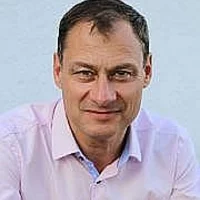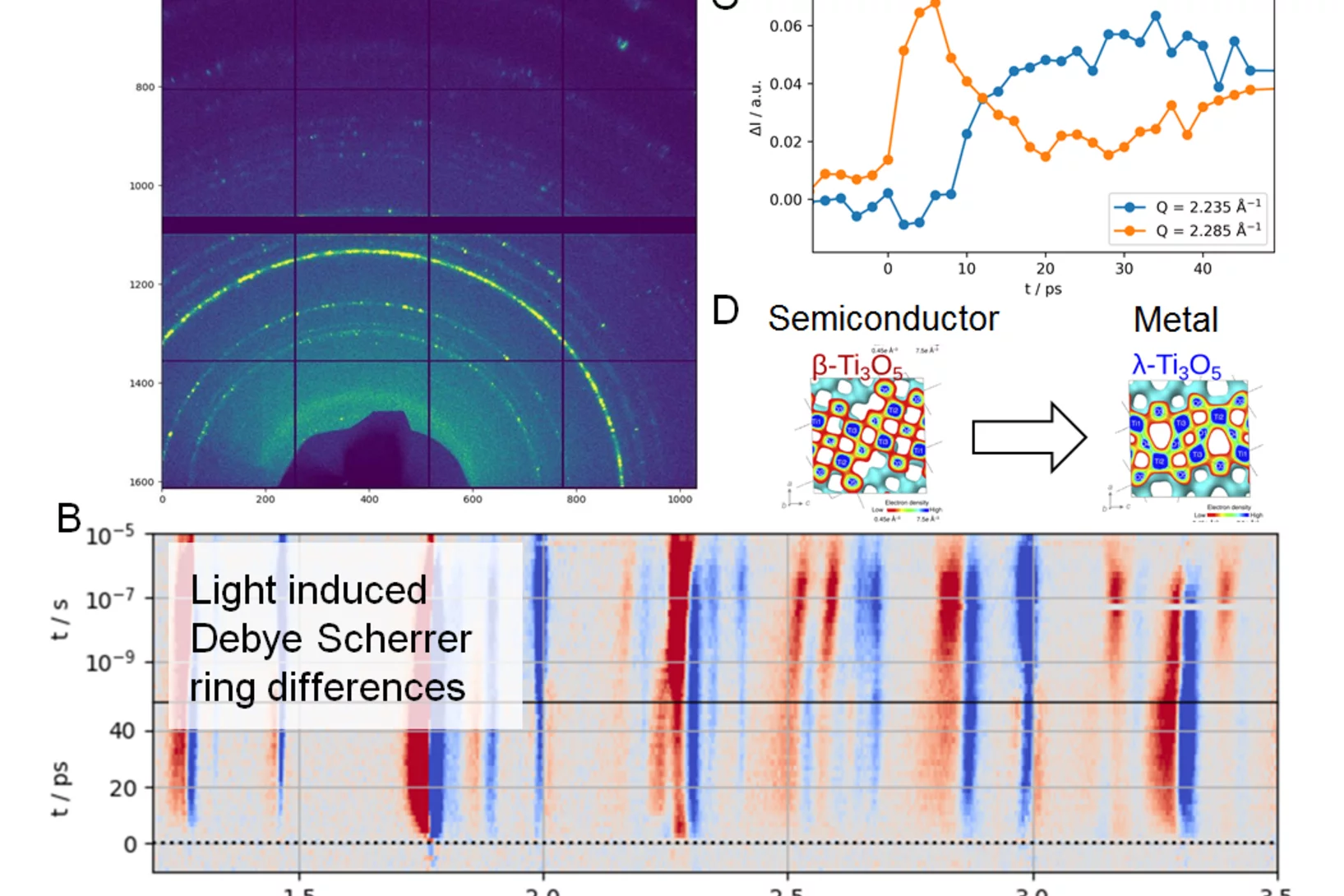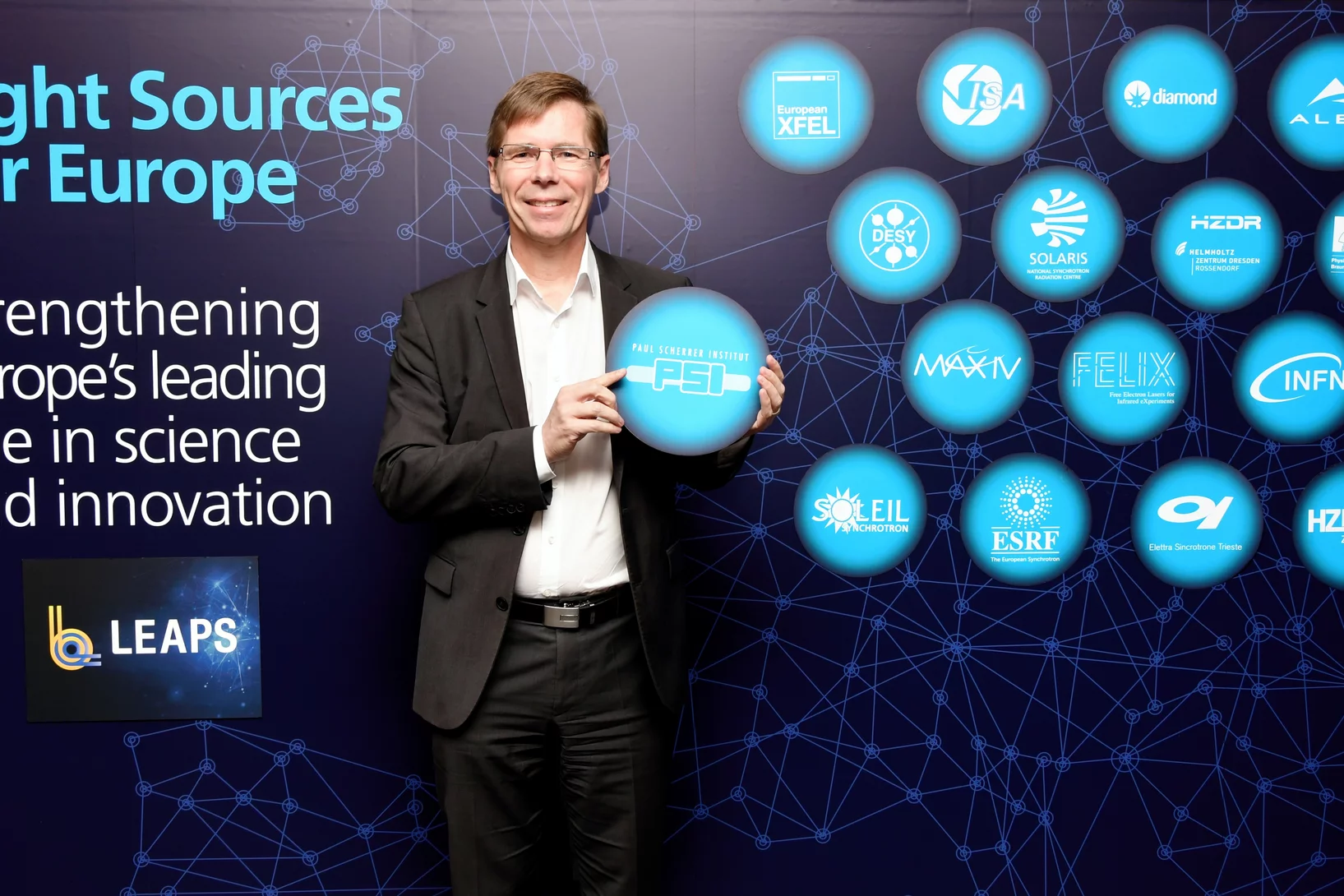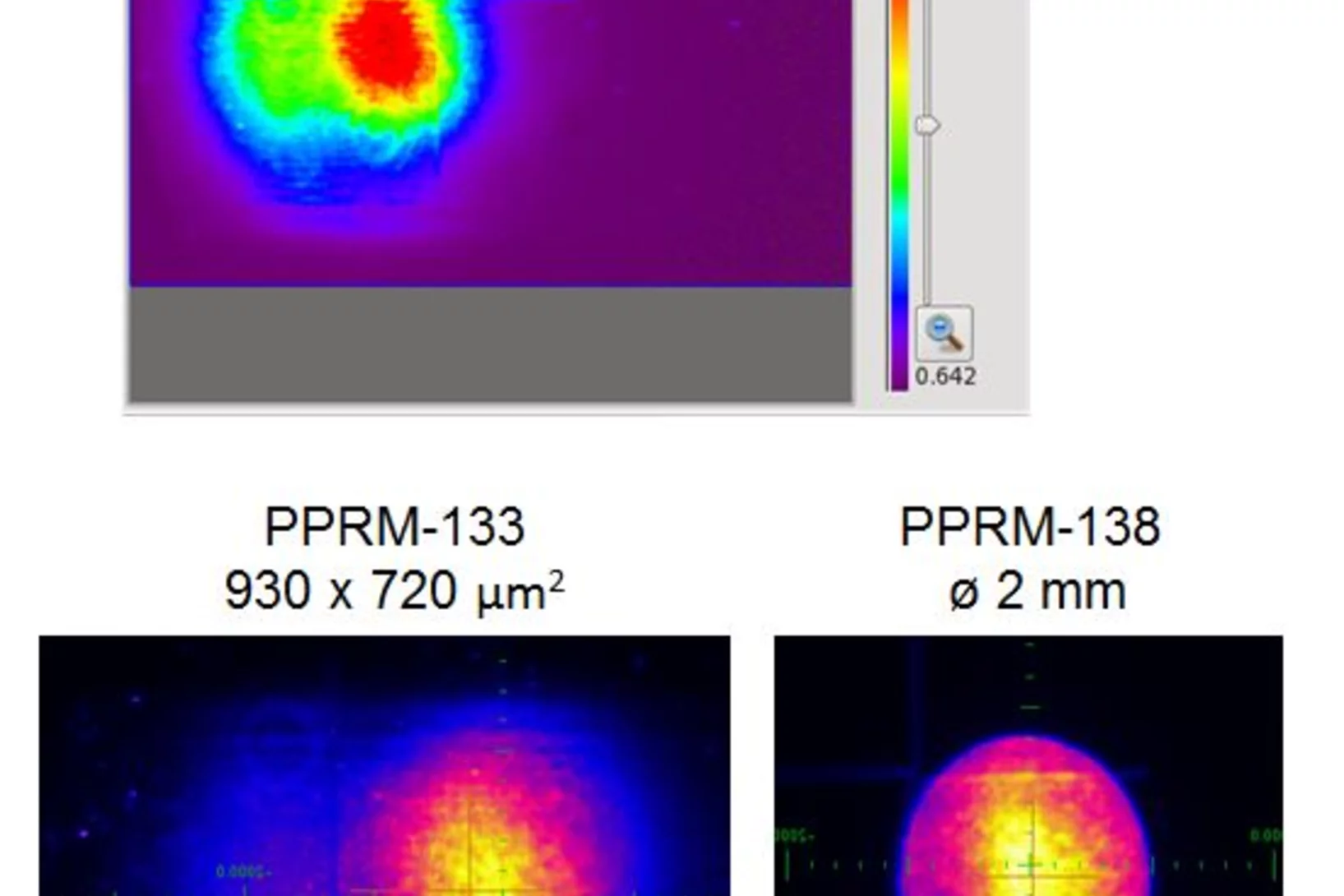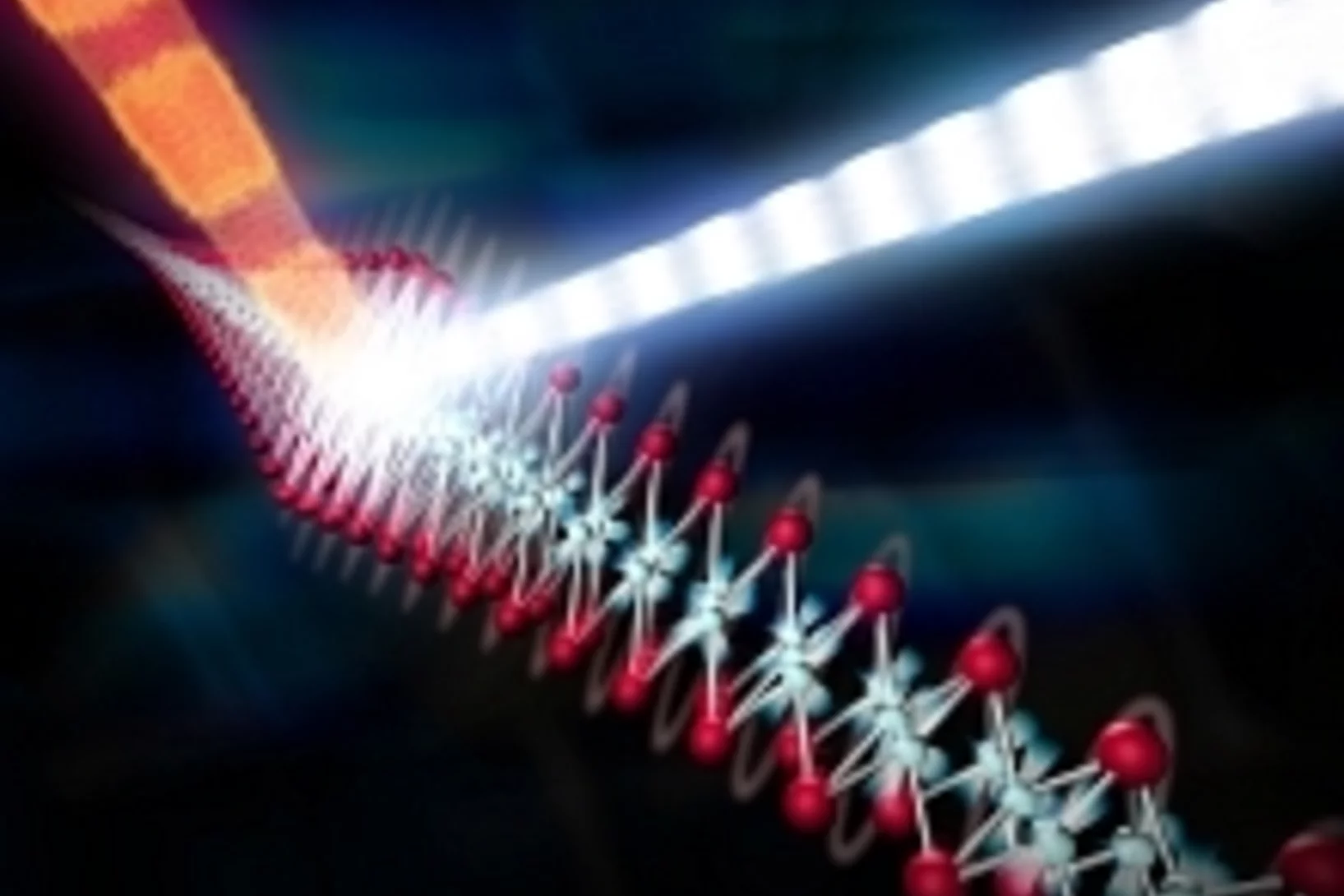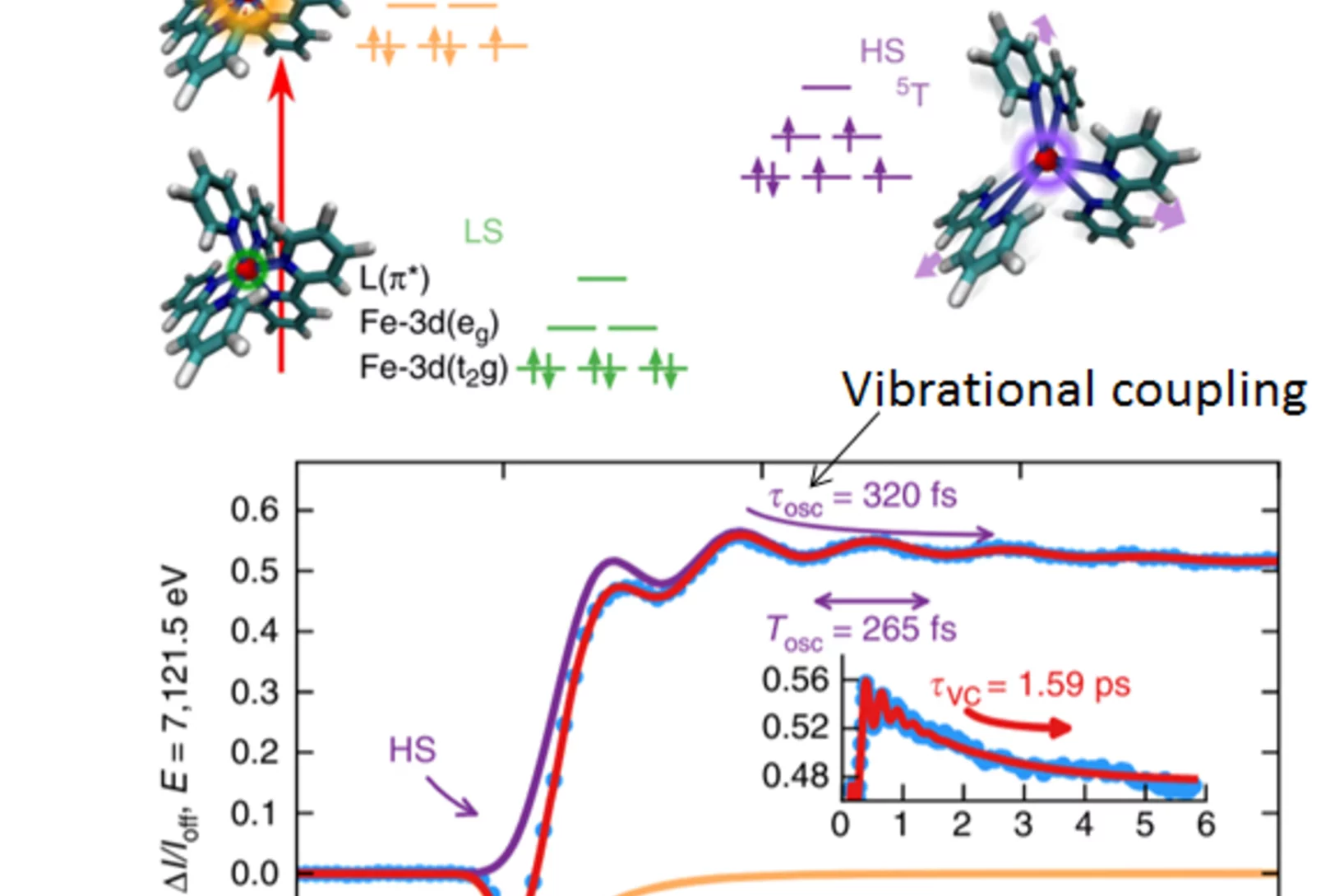First time resolved Pilot Experiment by SwissFEL: Semiconductor to metal transition in Ti3O5 nanocrystals
On the 30th of November 2017 SwissFEL saw its first time resolved pilot experiment in the Bernina experimental station of the SwissFEL ARAMIS beamline. A team of scientists from the University of Rennes, ESRF and PSI, led by Marco Cammarata (Univ. Rennes) and Henrik Lemke (PSI), successfully started the experimental phase at SwissFEL.
How ‘super-microscopes’ are changing the face of European science
13 November 2017 – Brussels – 16 organisations representing 19 light sources facilities across Europe gathered to launch the LEAPS initiative and signed an agreement to strengthen their collaboration, in the presence of Robert-Jan Smits, Director General for Research and Innovation (RTD) at the European Commission, and Giorgio Rossi, Chair of the European Strategy Forum on Research Infrastructures (ESFRI).
First light in SwissFEL Experimental Station Bernina
Friday, October 20th, 2017, we brought the first light (wavelength 1.2 nm) into the experimental hutch of Bernina. The beam passed the Alvra endstation, went through the diagnostic devices and hit the diagnostic screen in front of the refocussing KB-system of Bernina. The upper picture shows the pink beam on the last diagnostic screen of the beamline. The lower left at the entrance of Bernina-hutch, 133 m downstream of the undulator. The lower right picture shows the beam centered in the alignment iris in front of the KB-system.
ATHOS Conceptual Design Report (CDR)
The ATHOS Conceptual Design Report has recently been completed and describes the ATHOS project in detail. The CDR starts with a summary of the characteristics of the ATHOS undulator line. Especially the design parameters of the different ATHOS operation modes are explained and illustrated by simulation results. The core part of the report is a description of all key components, i.e. from the electron bunch extraction kicker down to the ATHOS experimental stations.
Scientists get first direct look at how electrons ‘dance’ with vibrating atoms
Scientists at the SLAC National Accelerator Laboratory and Stanford University - one of the leading authors, Simon Gerber, has in the meantime relocated to PSI - have made the first direct measurements, and by far the most precise ones, of how electrons move in sync with atomic vibrations rippling through an quantum material, in the present study an unconventional superconductor, as if they were “dancing" to the same beat.
Observing switching of Molecules using Free Electron Lasers
Free electron lasers (FELs) like SwissFEL help scientists to understand the mechanisms that switch properties of materials which are the basis for functions in electronics, solar cells, chemistry and biology. By using ultrashort X-ray pulses it becomes possible to visualize the ultrafast rearrangements of electrons and atoms that enable the properties to switch in molecules or crystals.
First lasing at a wavelength of 4.1 nm
The electron beam energy of SwissFEL was recently increased to above 900 MeV by successfully bringing two new accelerating modules into operation. This allowed SwissFEL to produce laser radiation for the first time in the soft x-ray regime with a photon wavelength of 4.1 nm. During the next months, the electron beam energy will be progressively further increased with the goal of enabling first user experiments at a wavelength of around 0.5 nm towards the end of this year.
